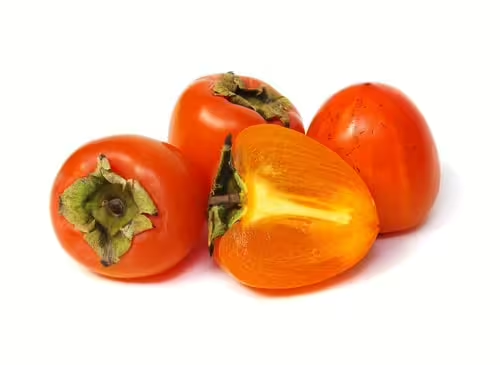Khaki is a nucleus fruit belonging to the Sapindaceae family, which also includes mangoes, chestnuts and acchas. It is characterized by its red or orange skin and its orange and juicy flesh. Khaki has a soft and fragrant flavor, with a texture similar to that of fishing. Khaki is mainly used in the kitchen to make compotes, frosts and jams. It can also be used in meat dishes, such as khaki chicken, or in drinks, like khaki juice. Khaki goes well with other sweet ingredients, such as apple, pear or sugar. Apart from its tasty flavor, khaki is also rich in essential nutrients, such as vitamin A, potassium and calcium. It is also an excellent source of dietary fiber, making it a healthy choice for digestion. Finally, khaki contains high levels of antioxidants, which help protect the body from free radicals and prevent premature aging of cells.
